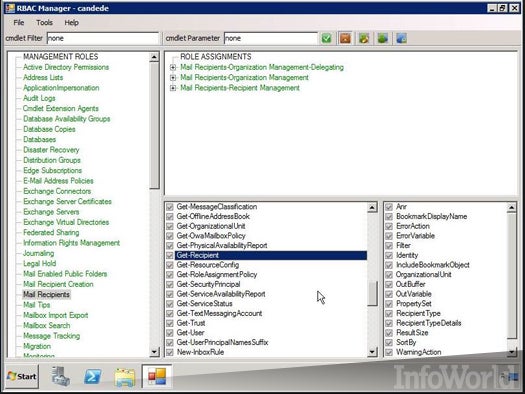
For example, the Journaling role enables the management of the Journaling agent and journaling rules. By assigning roles to a role group, you enable the members of that role group to perform the tasks associated with the role.

The role groups provided with Exchange 2013 are designed to match more granular tasks. You can add or remove role assignments to or from this role group to match the needs of your organization. The roles that are included are listed in the "Management Roles Assigned to this Role Group" section. This role group is assigned management roles by default. Get-RoleGroupMember "Organization Management"įor more information about the members of a role group, see Manage role groups. You can use the following command to view a list of users or USGs that are members of this role group.

For more information about how to add additional role group delegates, see the "Add or remove a role group delegate" section in Manage role groups. If you want to add or remove members to or from this role group, see Manage role group members.īy default, only members of the Organization Management role group can add or remove members from this role group. This account can then add other members to the role group as needed.

Role group membershipīy default, the account that's used to install Exchange 2013 in the organization is added as a member of the Organization Management role group.

This role group is equivalent to the Exchange Organization Administrators role in Exchange Server 2007.įor more information about RBAC, see Understanding Role Based Access Control. The Organization Management role group is a very powerful role and as such, only users or universal security groups (USGs) that perform organizational-level administrative tasks that can potentially impact the entire Exchange organization should be members of this role group.


 0 kommentar(er)
0 kommentar(er)
